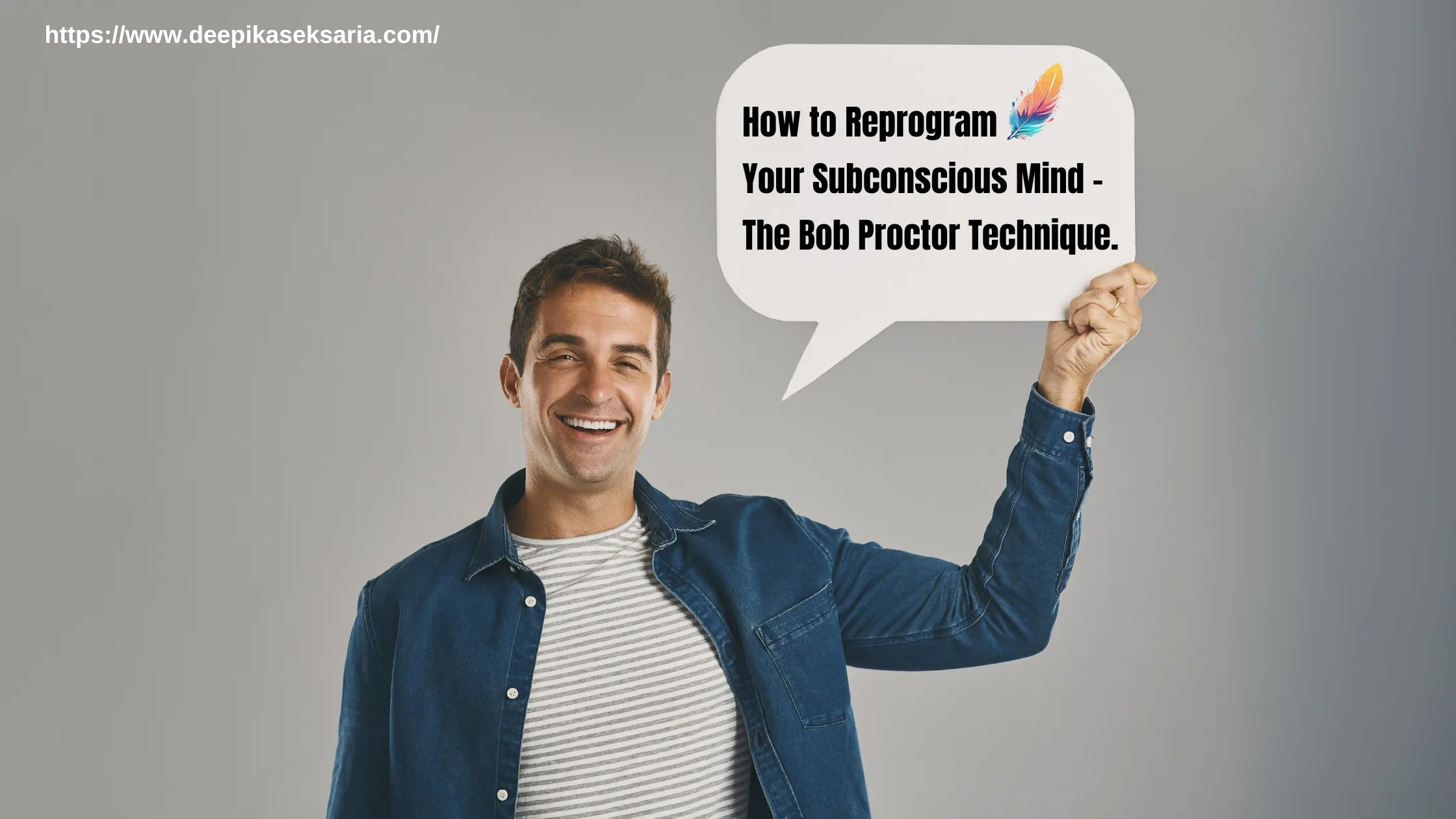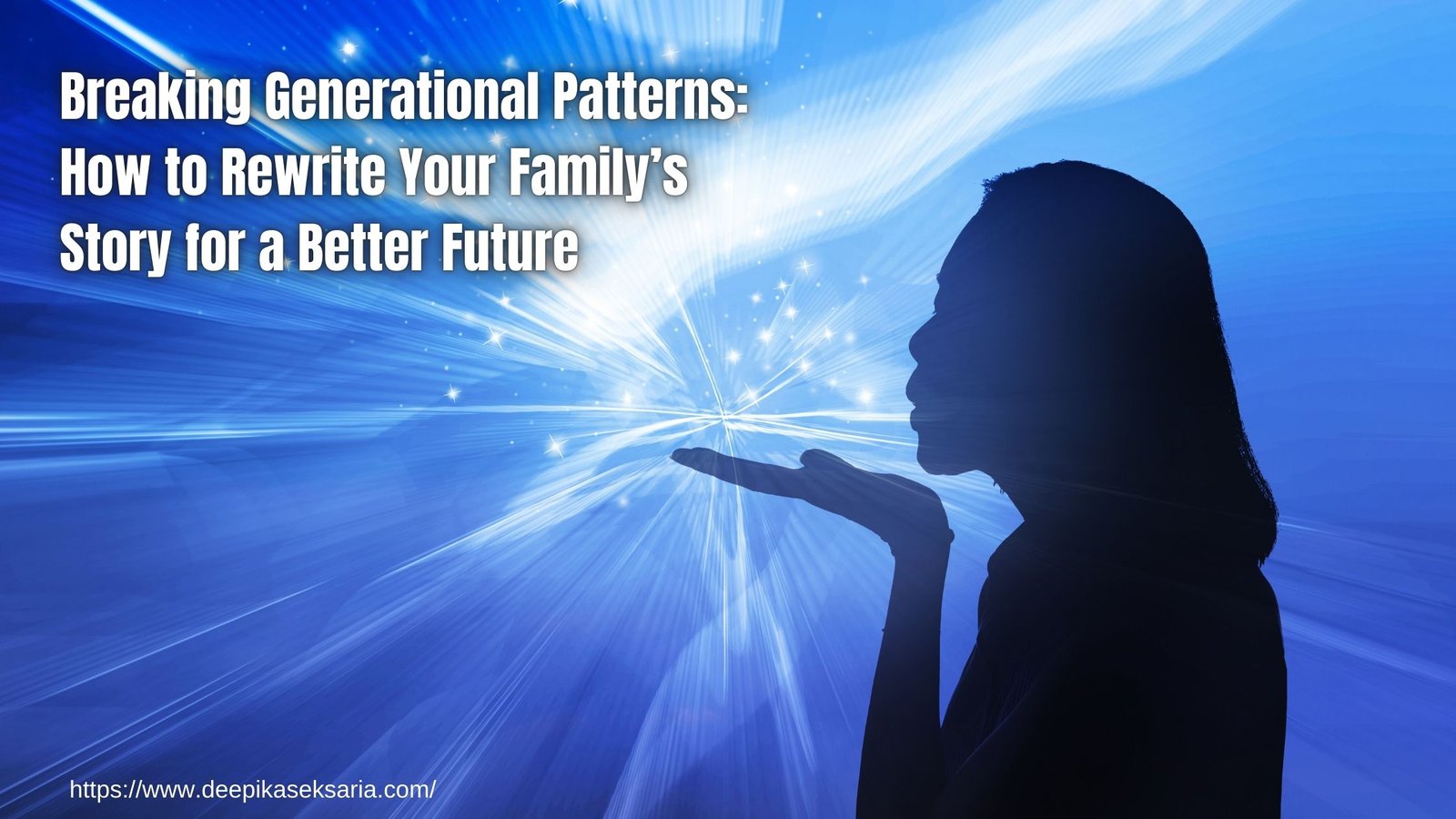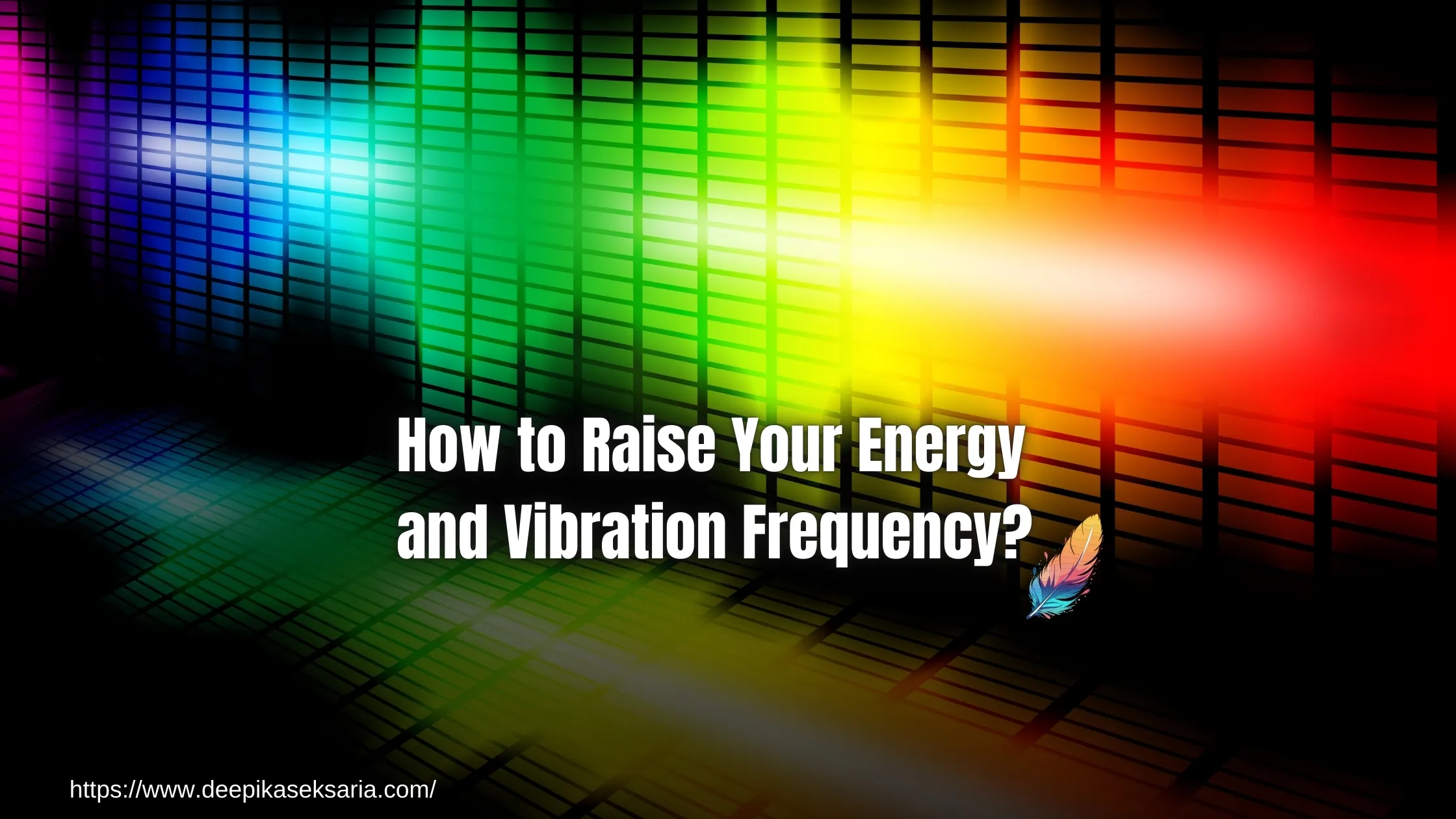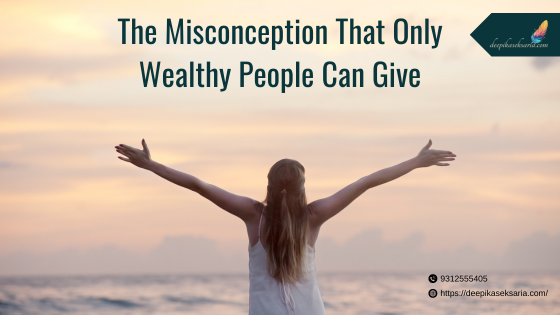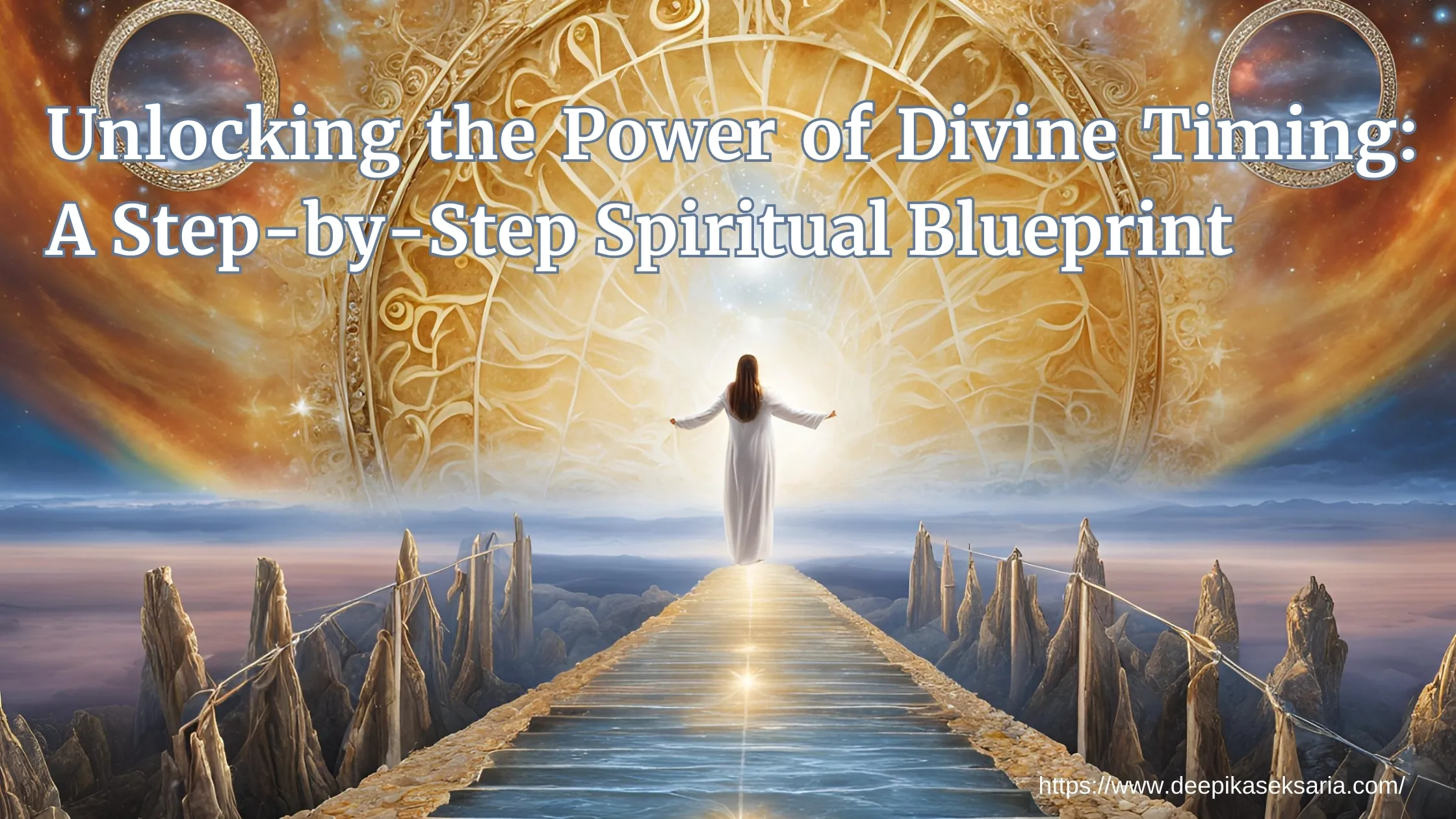The Bigger the Void, the More We Seek Validation
In today’s hyperconnected world, the need to be seen, heard, and appreciated has reached an all-time high. We chase likes, wait for replies, crave acknowledgment—and often mistake these moments for love, worth, or confidence. But beneath this surface hunger lies a deeper truth:
The bigger the void within, the more we seek validation from the outside.
What Is the Void?

The “void” isn’t always dramatic or visible. It’s the quiet ache of not feeling enough. It’s the doubt that creeps in when we compare ourselves to others. It’s the emptiness we try to fill—with achievements, appearances, applause, or approval.
The void often stems from:
- Unhealed childhood wounds,
- Lack of self-love or inner connection,
- Unmet emotional needs, and
- Conditioned beliefs that our worth depends on performance etc.
The more disconnected we feel from our authentic self, the more we seek proof of our value from others.
Why We Crave Validation?
Validation is not inherently wrong. As humans, we are wired for connection. A kind word, appreciation, or encouragement can uplift us.
But problems arise when our entire self-worth begins to depend on someone else’s response.
We chase:
- Compliments to feel attractive,
- Titles to feel important,
- Social media likes to feel popular, and
- External approval to feel good enough.
It becomes a cycle:
Void → Seek Validation → Temporary Relief → Void Returns
The Cost of External Validation
When our self-esteem is tied to external feedback, we become:
- Easily shaken by criticism or rejection,
- Overly dependent on others for decision-making,
- Anxious and performative, always trying to impress, and
- Disconnected from our true desires, constantly seeking to please.
Living for validation keeps us from living authentically. We wear masks, play roles, and lose touch with the quiet voice within.
Healing the Void
True healing begins not by chasing validation, but by turning inward. Instead of asking, “Do they approve of me?”, ask:
“Do I approve of myself?”
Here’s how you can begin to heal:
🌱 1. Self-Compassion Over Self-Criticism
Treat yourself with the same kindness you’d offer a loved one. Speak gently to your inner self.
🌱 2. Reconnect with Your Inner Child
Often, our voids stem from early moments when we felt unheard or unloved. Offer that inner child the love and safety it missed.
🌱 3. Celebrate Progress, Not Perfection
Acknowledge your growth. Celebrate your efforts. Let go of the idea that worth comes only from success.
🌱 4. Build Inner Safety
Learn to sit with discomfort without running toward validation. Journal. Meditate. Feel without escaping.
🌱 5. Know Your Values
When you live aligned with your truth, you stop needing applause for every step. You become grounded in your own essence.
From Validation to Inner Knowing
You don’t need everyone to clap for you. You just need to believe in your own rhythm. When you validate yourself—your feelings, your path, your truth—you become unshakeable.
The void begins to shrink not when others fill it, but when you come home to yourself.
Here are a few real-life-inspired healing stories (anonymized and simplified) that reflect how people overcame the need for external validation by healing their inner voids:
🌼 1. The High Achiever Who Always Felt Empty
Story:
A corporate professional constantly chased promotions and accolades. To everyone, she was “successful,” but deep inside, she felt unfulfilled and anxious. Every criticism shattered her confidence.
Healing Journey:
Through therapy and inner child work, she traced her validation-seeking behavior to childhood—where love was given only for achievements. She began journaling, setting healthy work boundaries, and celebrating small joys unrelated to success. Today, she defines success on her own terms and feels content—without chasing applause.
🌱 2. The Social Media Star Who Felt Invisible
Story:
A young influencer had thousands of followers, but her self-worth plummeted if a post didn’t perform well. Her moods depended on likes and comments.
Healing Journey:
She took a digital detox and reconnected with hobbies she loved offline—art, nature walks, and poetry. With help from a coach, she rebuilt her sense of self beyond the screen. Now, she shares more authentic content and uses social media mindfully—not as a mirror for self-worth.
🌻 3. The People-Pleaser Who Finally Said ‘No’
Story:
A gentle soul was known as “the nice one”—always saying yes, even when exhausted. She feared being unloved if she disappointed others.
Healing Journey:
After a health scare due to burnout, she began prioritizing herself. She learned to set boundaries, say no without guilt, and surround herself with people who respected her space. Her relationships deepened, and she began to feel loved for who she was—not just what she gave.
🪷 4. The Perfectionist Who Learned to Rest
Story:
A man prided himself on always being “on top of things.” He feared slowing down, worried it would make him look weak or lazy.
Healing Journey:
After facing anxiety attacks, he turned to mindfulness and therapy. He began meditating, practicing gratitude, and allowing imperfection in daily life. Rest became sacred, not shameful. He now leads a slower, more conscious life—valuing peace over performance.
Final Thoughts
Validation isn’t wrong. It becomes dangerous only when it’s the only thing keeping us afloat.
The journey to wholeness is not about rejecting the world—but about no longer needing it to prove that you are enough.
The truth is: You always were.
✨ Let the love you seek from others begin within you.
A quick overview of the topics covered in this article.




